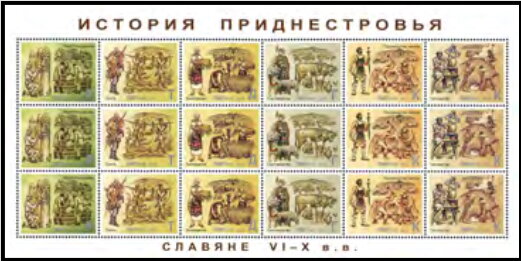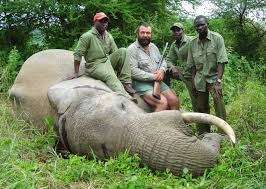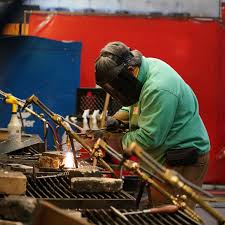Full Pane: History of Transnistria (II) - Slavs (Transnistria 2012)
History of Transnistria (II) - Slavs (Transnistria 2012)
02 May (Transnistria ) within release History of Transnistria (II) - Slavs goes into circulation Full Pane History of Transnistria (II) - Slavs face value Р,Т,Д,Г,К No Face Value
| Full Pane History of Transnistria (II) - Slavs in catalogues | |
|---|---|
| Colnect codes: | Col: MD-PMR 2012.05.02-15 |
Full Pane is horizontal format.
Top marginal text: History of Transnistria. Bottom marginal text: Slavs VI - X centuries. Contains 3 each of the stamps in this series.Also in the issue History of Transnistria (II) - Slavs:
- Full Pane - Agriculture face value 9*Д;
- Full Pane - Cattle Breeding face value 9*Г;
- Full Pane - History of Transnistria (II) - Slavs face value Р,Т,Д,Г,К;
- Full Pane - Hunting face value 9*T;
- Full Pane - Iron Production face value 9*K;
- Full Pane - Pottery face value 9*K;
- Mini Sheet - Wood Processing face value 3*P;
Full Pane History of Transnistria (II) - Slavs it reflects the thematic directions:
Agriculture is the cultivation and breeding of animals, plants and fungi for food, fiber, biofuel, medicinal plants and other products used to sustain and enhance human life.[1] Agriculture was the key development in the rise of sedentary human civilization, whereby farming of domesticated species created food surpluses that nurtured the development of civilization. The study of agriculture is known as agricultural science. The history of agriculture dates back thousands of years, and its development has been driven and defined by greatly different climates, cultures, and technologies. Industrial agriculture based on large-scale monoculture farming has become the dominant agricultural methodology.
Cattle (Bos taurus) are large, domesticated, bovid ungulates widely kept as livestock. They are prominent modern members of the subfamily Bovinae and the most widespread species of the genus Bos. Mature female cattle are called cows and mature male cattle are bulls. Young female cattle are called heifers, young male cattle are oxen or bullocks, and castrated male cattle are known as steers.
A ceramic is any of the various hard, brittle, heat-resistant, and corrosion-resistant materials made by shaping and then firing an inorganic, nonmetallic material, such as clay, at a high temperature. Common examples are earthenware, porcelain, and brick.
A craft or trade is a pastime or an occupation that requires particular skills and knowledge of skilled work. In a historical sense, particularly the Middle Ages and earlier, the term is usually applied to people occupied in small scale production of goods, or their maintenance, for example by tinkers. The traditional term craftsman is nowadays often replaced by artisan and by craftsperson.
Hunting is the human practice of seeking, pursuing, capturing, or killing wildlife or feral animals. The most common reasons for humans to hunt are to exploit the animal's body for meat and useful animal products (fur/hide, bone/tusks, horn/antler, etc.), for recreation/taxidermy (see trophy hunting), although it may also be done for non-exploitative reasons such as removing predators dangerous to humans or domestic animals (e.g. wolf hunting), to eliminate pests and nuisance animals that damage crops/livestock/poultry or spread diseases (see varminting), for trade/tourism (see safari), or for ecological conservation against overpopulation and invasive species.
A metal (from Ancient Greek μέταλλον (métallon) 'mine, quarry, metal') is a material that, when freshly prepared, polished, or fractured, shows a lustrous appearance, and conducts electricity and heat relatively well. Metals are typically ductile (can be drawn into wires) and malleable (they can be hammered into thin sheets). These properties are the result of the metallic bond between the atoms or molecules of the metal.
Metalworking is the process of shaping and reshaping metals in order to create useful objects, parts, assemblies, and large scale structures. As a term, it covers a wide and diverse range of processes, skills, and tools for producing objects on every scale: from huge ships, buildings, and bridges, down to precise engine parts and delicate jewelry.







